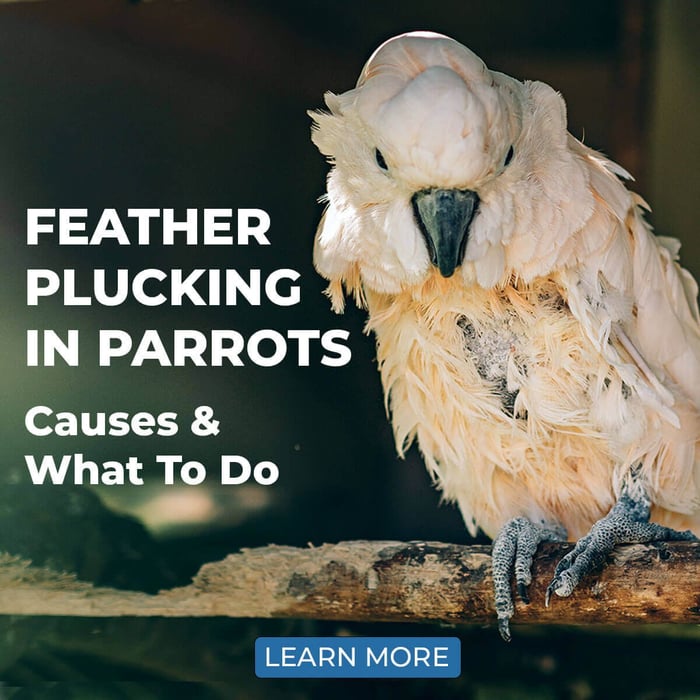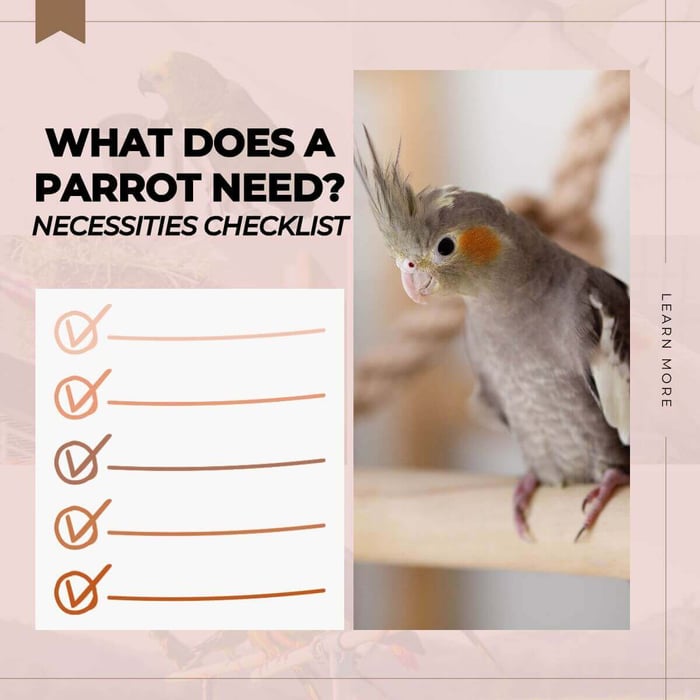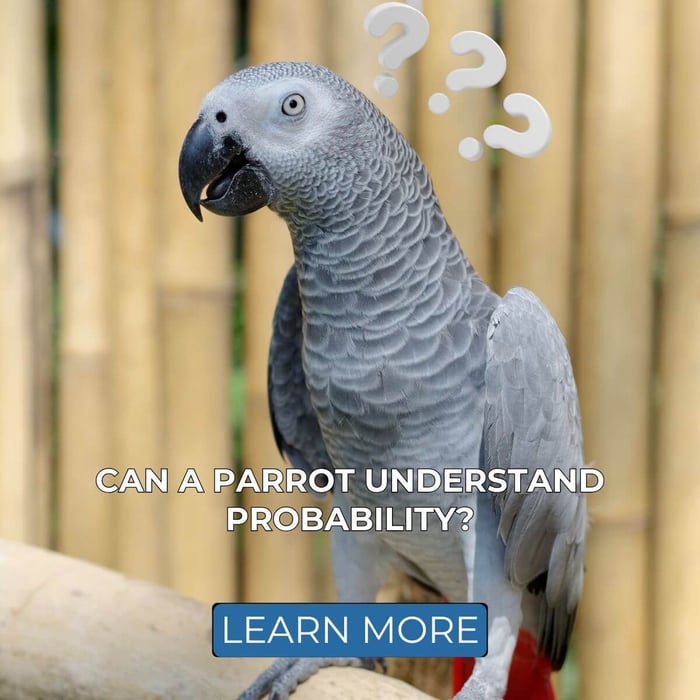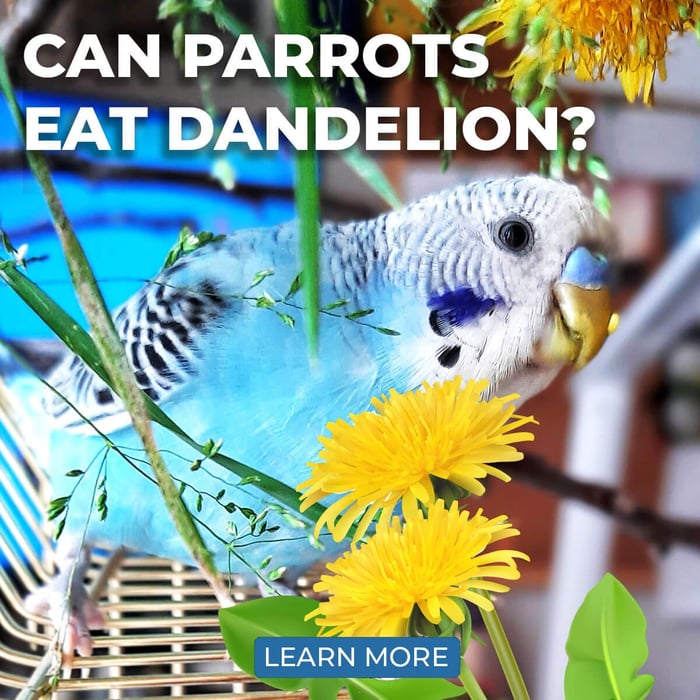Positive Reinforcement in Parrot Training
Parrot training is a vital part of integrating these intelligent and curious creatures into our daily lives. Positive reinforcement in parrot training is widely recognised as the kindest and most effective way of guiding your pet bird’s behaviour. Parrots, being incredibly social and highly intelligent, thrive on interaction, stimulation, and guidance. Without proper training, you might find yourself struggling with a bird that becomes difficult to handle or develop undesirable behaviours. Fortunately, with positive reinforcement, you can avoid these issues and build a strong, trusting relationship with your parrot.
Why Should You Train Your Parrot?
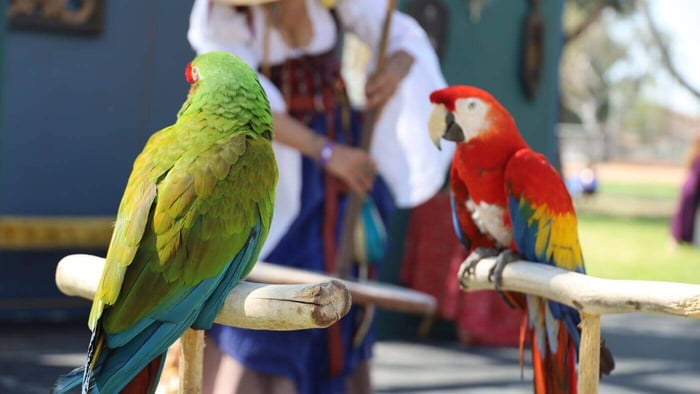
When we think about parrot training, it’s easy to picture the impressive YouTube videos of birds performing intricate tricks, such as shooting a tiny basketball through a hoop. While these tricks are fun and can showcase the capabilities of your parrot, they aren’t essential to your bird’s daily life. Parrot training isn’t just about teaching cool stunts—it’s about improving the quality of life for both you and your feathered companion.
There are several important behaviours you can train your parrot to help with day-to-day activities, such as:
- Stepping up: Teaching your bird to step onto your hand so you can inspect or move it around easily.
- Come here: Teaching your bird to fly over to you from wherever it is, improving recall and strengthening the bond between you.
- Travel cage training: Ensuring your parrot is comfortable going into its travel cage for vet visits or emergencies.
- Harness training: Teaching your bird to be comfortable in a harness so you can safely enjoy outdoor adventures together.
- Stopping screaming: Positive reinforcement can help reduce excessive noise, focusing on rewarding moments of silence or quieter sounds instead of punishing the noisy behaviour.
- Stopping biting: Teaching your bird that gentle interactions lead to rewards rather than aggression or frustration.
- Comfort with new things: Helping your bird become more adaptable and accepting of new toys, people, or environments.
These behaviours are incredibly useful and can make living with a parrot more enjoyable and manageable. Stepping up, for example, is a key skill that will allow you to interact with your parrot more easily, while harness and travel cage training can make outdoor activities and trips to the vet much less stressful for both of you.
What is Positive Reinforcement in Parrot Training?
Positive reinforcement is the practice of rewarding desirable behaviours by offering something the parrot enjoys. This reward could be a favourite treat, a scratch on the head, or verbal praise. The idea is to reinforce the desired behaviour by making it more likely to occur in the future through the use of rewards.
In contrast, negative reinforcement involves the use of punishment to discourage undesirable behaviour, which is less effective and can lead to harmful outcomes. Positive reinforcement, often referred to as reward-based training, focuses on promoting good behaviour by highlighting the things your parrot enjoys and showing them that these behaviours lead to positive outcomes.
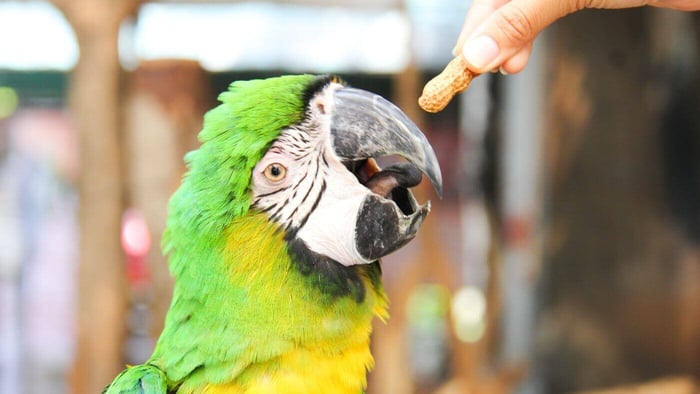
Why Positive Reinforcement Works Better
You might wonder why positive reinforcement is more effective than the traditional approach of discouraging bad behaviour through punishment. There are several reasons for this:
- Parrots perceive punishment differently: What you might see as punishment could be interpreted by your parrot as attention. For example, if you shout at your parrot when it’s screaming, it may interpret your yelling as a form of interaction. As a result, your bird may continue the behaviour, seeking more attention from you, rather than understanding that it's unwanted.
- Punishment can create negative associations: If you respond to undesirable behaviour by placing your parrot in its cage, it might begin to associate the cage with negative experiences. This could cause your bird to resist going back into the cage, which makes managing your parrot even more challenging.
- Maintaining trust: Positive reinforcement helps build trust between you and your parrot, strengthening your bond. Harsh punishments or negative interactions can break this trust and create behavioural problems, such as biting or fear-based aggression. Positive reinforcement fosters a relationship based on cooperation rather than fear.
- Encourages natural behaviours: Rewarding good behaviour encourages your parrot to engage in natural, social behaviours that strengthen its relationship with you. Parrots are social creatures that thrive on interaction. Using positive reinforcement gives your bird the chance to learn how to communicate and interact with you in ways that are beneficial to both of you.
Steps for Positive Reinforcement in Parrot Training
If you're ready to start training your parrot with positive reinforcement, here’s a simple outline to get you started. While there are many ways to incorporate this training method, these three steps are a great place to begin:
- Identify a desired behaviour: Start by identifying the behaviour you want to reinforce. This could be anything from stepping up onto your hand to flying to you on command. The clearer the goal, the easier it is to focus on reinforcing that specific behaviour.
- Provide immediate rewards: Once your parrot performs the desired behaviour, reward it immediately. This could be in the form of a treat, praise, or attention. The reward needs to come quickly so your bird can connect it with the action.
- Be consistent and patient: Consistency is key in training. The more often you reinforce good behaviour, the more likely your parrot is to repeat it. Parrots, like all animals, require time to learn, so be patient and understanding as they make progress at their own pace.
Training with positive reinforcement doesn’t require hours of effort each day, but consistency will pay off in the long run. Over time, your bird will learn new behaviours, build confidence, and strengthen its bond with you.
Practical Applications of Positive Reinforcement in Parrot Training
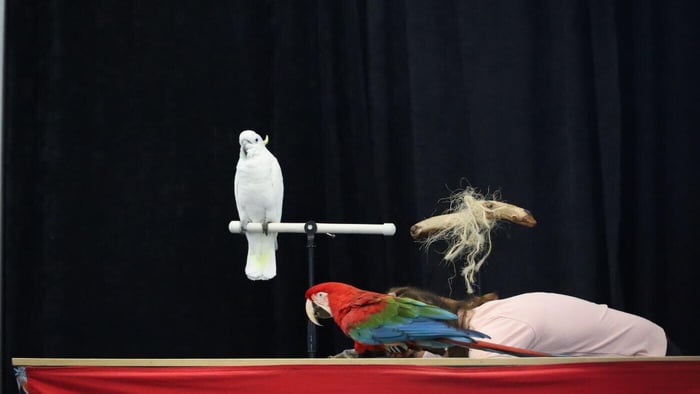
Here are a few practical examples of how positive reinforcement can be applied to parrot training:
- Stepping Up: When teaching your parrot to step up onto your hand, hold out your hand at the bird’s level. As soon as your bird steps onto your hand, reward it with a treat and lots of praise. Over time, your parrot will learn to associate stepping up with positive outcomes, making it more likely to do so in the future.
- Come Here: To train your parrot to come when called, start by calling your bird's name and rewarding it when it flies over to you. You can gradually increase the distance as your parrot becomes more confident in the task.
- Stopping Screaming: If your parrot tends to scream for attention, try rewarding moments of silence with a treat or praise. This helps your bird understand that calm, quiet behaviour is more rewarding than being loud.
- Harness and Travel Cage Training: Gradually introduce your parrot to the harness or travel cage. Reward calm behaviour and allow your parrot to explore the new equipment at its own pace. Over time, your bird will become comfortable with these new experiences, making it easier to travel together.
Conclusion
Positive reinforcement is the most effective, kind, and rewarding way to train your parrot. It’s not just about teaching your bird impressive tricks—it’s about making everyday interactions more manageable and enjoyable for both you and your feathered companion.
By using positive reinforcement in parrot training, you can foster a bond based on trust, cooperation, and mutual respect. Your parrot will not only learn new behaviours quickly, but it will also become a more confident, happy, and well-adjusted member of your family. Whether you’re teaching your bird the basics or preparing it for more complex tricks, positive reinforcement is the key to success. So, start training today and watch your parrot thrive!
If you’re eager to begin training your parrot using positive reinforcement, simply fill out the form below, and we’ll send you a simple one-page guide with the three essential steps to get started on your training journey. Happy training!

